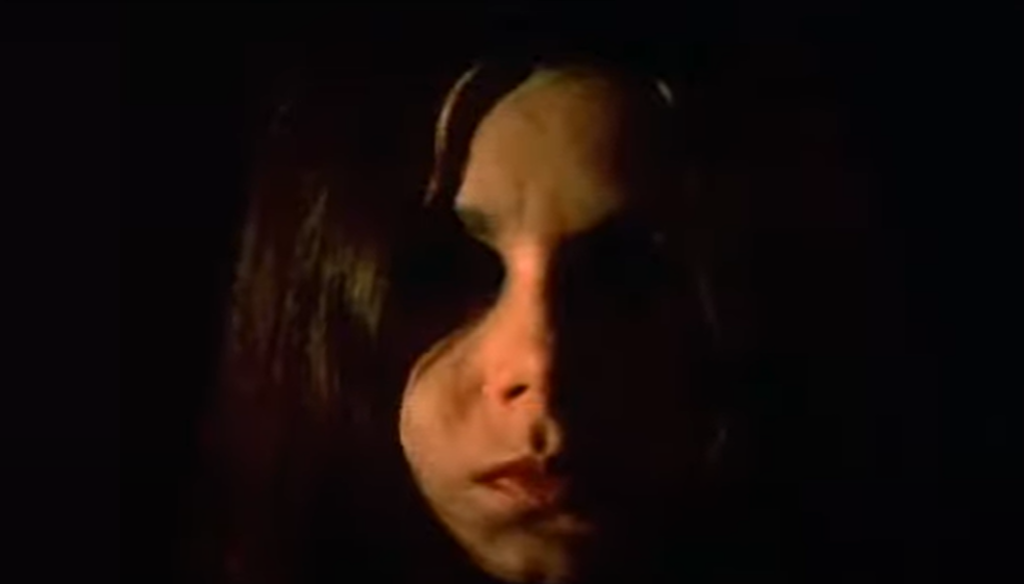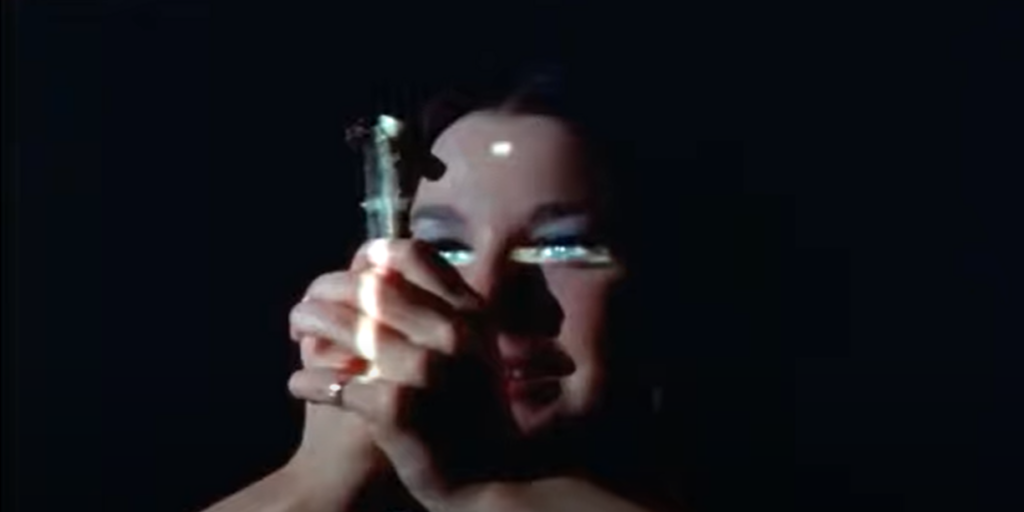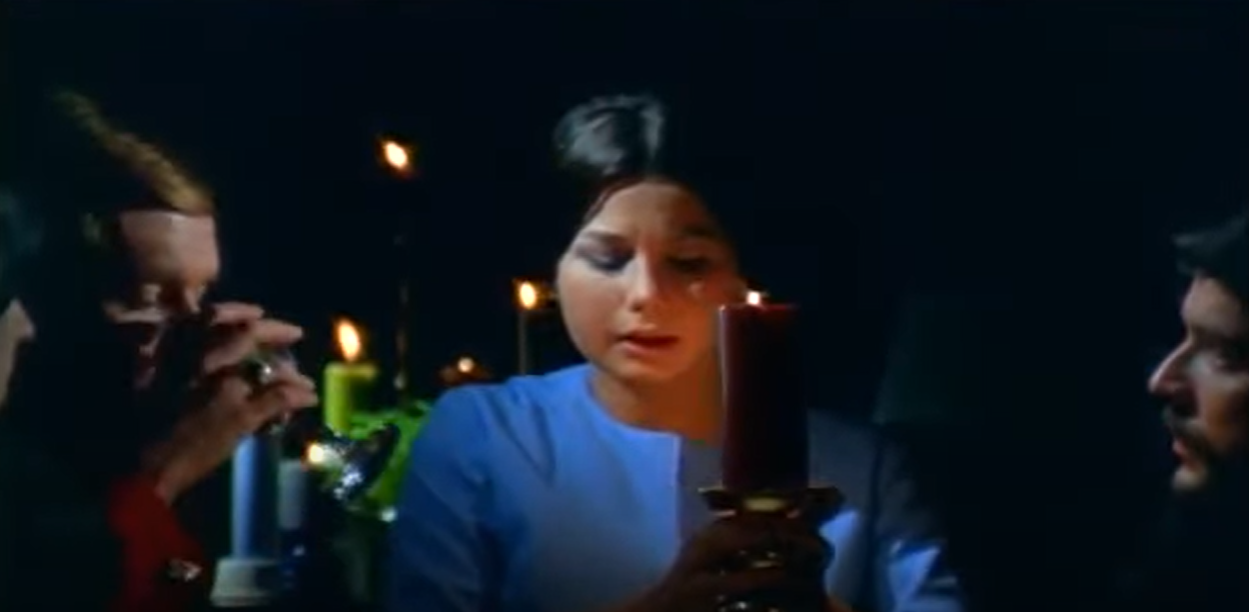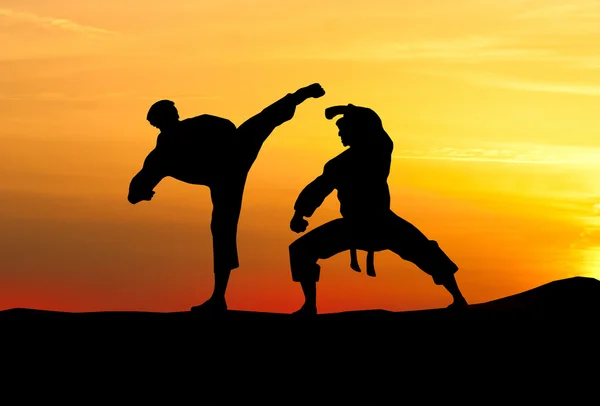The 1970s marked a significant shift in the cinematic landscape, characterized by innovation and experimentation across all genres. For horror films, particularly those involving witches, the decade marked a departure from traditional clichés. It forged a new path, creating more nuanced representations of witches that reflected the cultural, societal, and psychological anxieties of the time.
The Context of the 70s Cinema
The 1970s cinema was defined by its willingness to push boundaries and challenge the status quo. The emergence of New Hollywood, the rise of independent cinema, and the growing influence of international films led to a dramatic transformation in film style, narrative, and themes. It was against this backdrop that witch movies began to take on a new form, moving away from the stereotypical portrayals of witches and delving into complex characterizations and narratives.
The Evolution of Witch Movies in the 70s
The witch films of the 70s displayed an unprecedented level of variety and complexity. Gone were the days when witches were solely depicted as evil old hags with green skin and pointy hats. The new era presented witches as nuanced and multifaceted characters – sometimes as symbols of empowerment and rebellion, other times as figures of terror and unease.
One significant theme was the portrayal of the witch as a symbol of female power and independence, often subverting the patriarchal norms of society. This was a time when feminist movements were gaining traction worldwide, and these themes resonated deeply within the film narratives.
On the other hand, the witch often served as an embodiment of societal fears and anxieties. These could range from fear of the unknown and the supernatural to anxieties about changing societal norms and structures. The 70s witch films capitalized on these fears, creating a pervasive sense of dread that was far more psychological than physical.
Defining Witch Movies of the 70s

“Suspiria” (1977)
- Director: Dario Argento;
- Witch Character(s): Helena Markos and her coven;
- Notable Features: Gory violence, Technicolor visuals, and a haunting score by Goblin.
“Suspiria” is a quintessential 70s witch film that continues to captivate audiences to this day. Its story revolves around an American dancer named Suzy Bannion who attends a prestigious German ballet academy. She soon discovers that the academy is run by a coven of witches. “Suspiria” stands out for its use of vibrant Technicolor visuals, creating a surreal, nightmarish atmosphere that mirrors the terror experienced by Suzy.
The witches in “Suspiria” are depicted as menacing and elusive, reflecting the hidden dangers that lurk beneath the surface of what appears to be an ordinary ballet school. They are not the stereotypical old women riding on broomsticks; instead, they are powerful figures that control their surroundings through manipulation and fear.
“The Wicker Man” (1973)
- Director: Robin Hardy
- Witch Character(s): The inhabitants of Summerisle
- Notable Features: Folk horror, intense climax, and a memorable performance by Christopher Lee
“The Wicker Man” takes a unique approach to the portrayal of witchcraft. It delves into the realm of folk horror, depicting a remote Scottish island community that practices pagan rituals and beliefs. The island’s inhabitants, who could be seen as witches and warlocks in their adherence to the old gods, become the source of terror for the film’s protagonist, Sergeant Howie.
What sets “The Wicker Man” apart is its focus on the collective belief in witchcraft, rather than individual witches. The film also offers a chilling critique of blind faith and the clash between traditional and modern beliefs.
“Season of the Witch” (1972)
- Director: George A. Romero
- Witch Character(s): Joan Mitchell
- Notable Features: Feminist subtext, social commentary, and slow-burning horror
“Season of the Witch” revolves around a suburban housewife, Joan Mitchell, who becomes involved in witchcraft to escape her monotonous life. The film cleverly uses witchcraft as a symbol of female empowerment and rebellion against societal expectations, echoing the rising feminist movements of the time.
Unlike many other witch films, “Season of the Witch” offers a sympathetic view of the witch figure. The witchcraft practiced by Joan is not used to harm but to liberate, and the horror comes from the societal constraints she attempts to break free from.
“Burnt Offerings” (1976)
- Director: Dan Curtis;
- Witch Character(s): The house and its previous occupants;
- Notable Features: Psychological horror, haunted house trope, and strong performances by Karen Black and Oliver Reed.
“Burnt Offerings” is a unique take on the witch genre, where the central “witch” figure is not a person but a haunted house that feeds on the life force of its inhabitants. Although it’s a haunted house film on the surface, the narrative aligns closely with witch tropes, with the house exerting a malevolent, bewitching influence on its occupants, leading to horrifying consequences.
“Crowhaven Farm” (1970)
- Director: Walter Grauman;
- Witch Character(s): The spirits of the Salem witch trial victims;
- Notable Features: TV movie, reincarnation theme, and focus on the Salem witch trials.
“Crowhaven Farm” tells the story of a couple who move to a farm in Massachusetts, only to realize that it was once the site of the Salem witch trials and is now haunted by vengeful spirits. The film brings the witch trials into modern-day settings, adding a layer of historical depth to its horror.
Legacy and Impact

The legacy of 70s witch films is far-reaching, shaping the genre’s evolution in subsequent decades. These films broke away from clichéd representations, presenting witches as complex, multidimensional characters, often with a nuanced balance of fear and empathy. They explored deep-seated societal and psychological anxieties, making the genre a vehicle for societal commentary.
Conclusion
The witch films of the 70s marked a turning point in the genre, transforming the perception of witches from one-dimensional villains to complex characters, reflecting societal and psychological undercurrents. Through films like “Suspiria,” “The Wicker Man,” “Season of the Witch,”
FAQ
The 70s witch films showcased witches as complex characters with depth and motivations, moving away from the stereotypical evil old hag depiction. They presented witches as symbols of power, rebellion, societal anxiety, and psychological terror.
The 70s was marked by significant social changes, including the rise of feminist movements. Many 70s witch films incorporated these themes, depicting witches as figures of female empowerment or rebellion against patriarchal norms.
“Suspiria” combined art-house aesthetics with horror elements to create a visually stunning and terrifying film. The witches in “Suspiria” were menacing and unpredictable, marking a departure from conventional witch representations.
.




